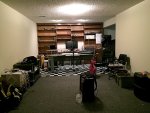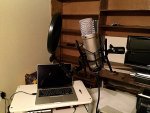I have two basement choices - similar in size, one finished one not.
Finished basement, which currently houses my photo studio, is 14x22, 8' ceiling, with an attached 8x14 finished room (currently housing my wife's weight machine).
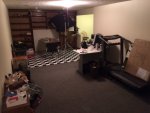
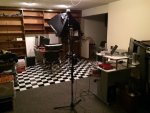
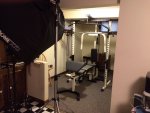
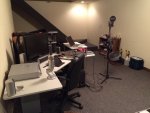
The unfinished side is 14x20, 8' ceiling, but is adjacent to the furnace (noise)
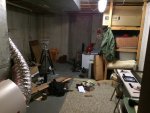
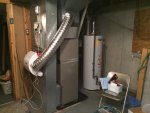
I have my own thoughts, but would like to hear observations, pros and cons, from those more experienced than I. Just for information, I am a capable builder, but would like to avoid tearing down walls lol. The two areas are not really adjacent - end to end mostly, with a 3' hall space between (entrance to unfinished basement is to the left of staircase in the finished photo showing desktop).
Appreciate any thoughts.
Pardon the mess i the photos lol. Been remodelling...
Finished basement, which currently houses my photo studio, is 14x22, 8' ceiling, with an attached 8x14 finished room (currently housing my wife's weight machine).




The unfinished side is 14x20, 8' ceiling, but is adjacent to the furnace (noise)


I have my own thoughts, but would like to hear observations, pros and cons, from those more experienced than I. Just for information, I am a capable builder, but would like to avoid tearing down walls lol. The two areas are not really adjacent - end to end mostly, with a 3' hall space between (entrance to unfinished basement is to the left of staircase in the finished photo showing desktop).
Appreciate any thoughts.
Pardon the mess i the photos lol. Been remodelling...


